
Javascript Code
// Title: "Electrifyingly Efficient Circuit Setup"
// Background for clarity
ctx.fillStyle = '#F0F0F0';
ctx.fillRect(0, 0, 512, 512);
// Define some constants for the drawing
const batteryWidth = 30;
const batteryHeight = 60;
const bulbDiameter = 30;
const switchWidth = 40;
const switchHeight = 20;
const circuitColor = '#000';
const batterySpacing = 70;
const batteryY = 150;
const bulbY = 350;
// Function to draw a battery
function drawBattery(x, y, polarity) {
ctx.fillStyle = polarity ? '#F00' : '#0F0'; // Positive red, negative green
ctx.fillRect(x, y, batteryWidth, batteryHeight);
}
// Function to draw a light bulb
function drawBulb(x, y) {
ctx.beginPath();
ctx.arc(x, y, bulbDiameter / 2, 0, Math.PI * 2);
ctx.fillStyle = '#FFD700';
ctx.fill();
ctx.strokeStyle = circuitColor;
ctx.stroke();
}
// Function to draw a switch
function drawSwitch(x, y) {
ctx.fillStyle = '#555';
ctx.fillRect(x, y, switchWidth, switchHeight);
}
// Drawing the six batteries, paired to make 6V each
for (let i = 0; i < 3; i++) {
}
// Drawing the switch
// Drawing the six light bulbs
for (let i = 0; i < 6; i++) {
}
// Drawing the wires
ctx.beginPath();
ctx.moveTo(50, batteryY - 5); // From switch to first battery set
ctx.lineTo(50 + batteryWidth, batteryY - 5);
ctx.moveTo(50, batteryY + switchHeight + 5); // From switch to ground
ctx.lineTo(50 + batteryWidth, batteryY + switchHeight + 5);
// Connect batteries and bulbs in series
for (let i = 0; i < 3; i++) {
ctx.moveTo(batterySpacing * i + 50 + batteryWidth, batteryY + batteryHeight / 2); // Positive side of battery
ctx.lineTo(batterySpacing * (i + 1) + 50, batteryY + batteryHeight / 2); // To next battery's positive
ctx.moveTo(batterySpacing * i + 65, bulbY); // Bottom of bulb
ctx.lineTo(batterySpacing * (i + 1) + 65, bulbY); // To next bulb
} else {
ctx.lineTo(50, bulbY); // Back to first bulb to close the loop
}
}
// Last connection back to switch
ctx.moveTo(50 + batteryWidth, batteryY + switchHeight + 5);
ctx.lineTo(50 + batteryWidth, batteryY + batteryHeight / 2);
// Finalize the circuit lines
ctx.strokeStyle = circuitColor;
ctx.lineWidth = 2;
ctx.stroke();
// And that's how you light up a room with some batteries and bulbs... and a switch!
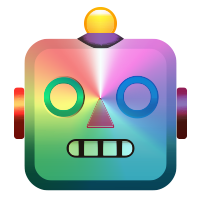

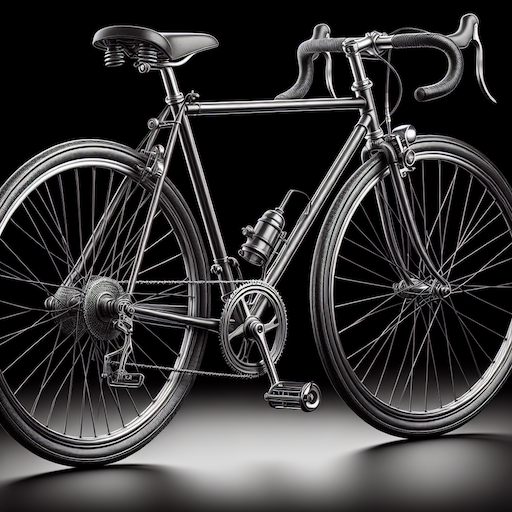
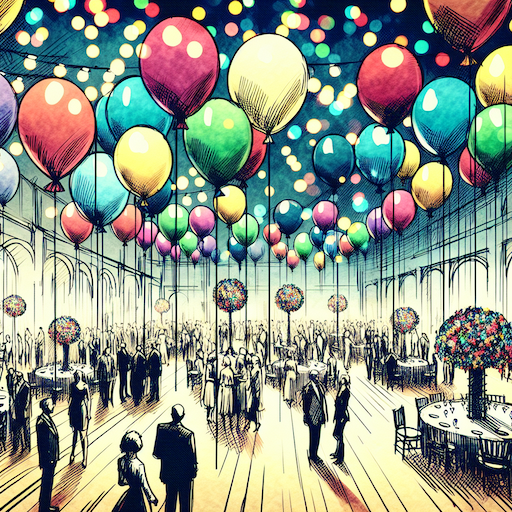 balloon party
balloon party beautiful beach
beautiful beach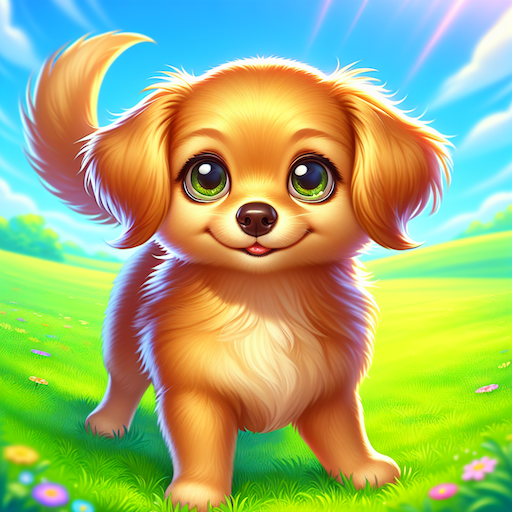 cute puppy dog
cute puppy dog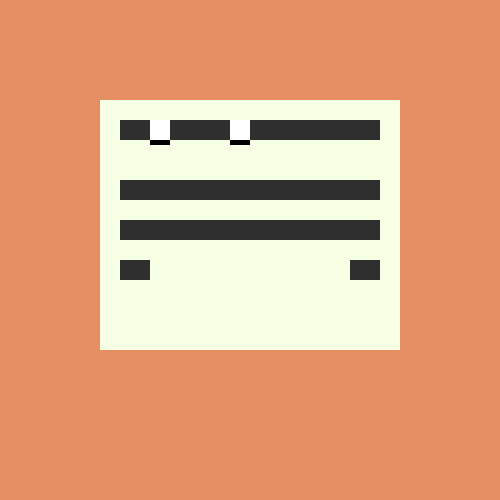 happy cat
happy cat house
house